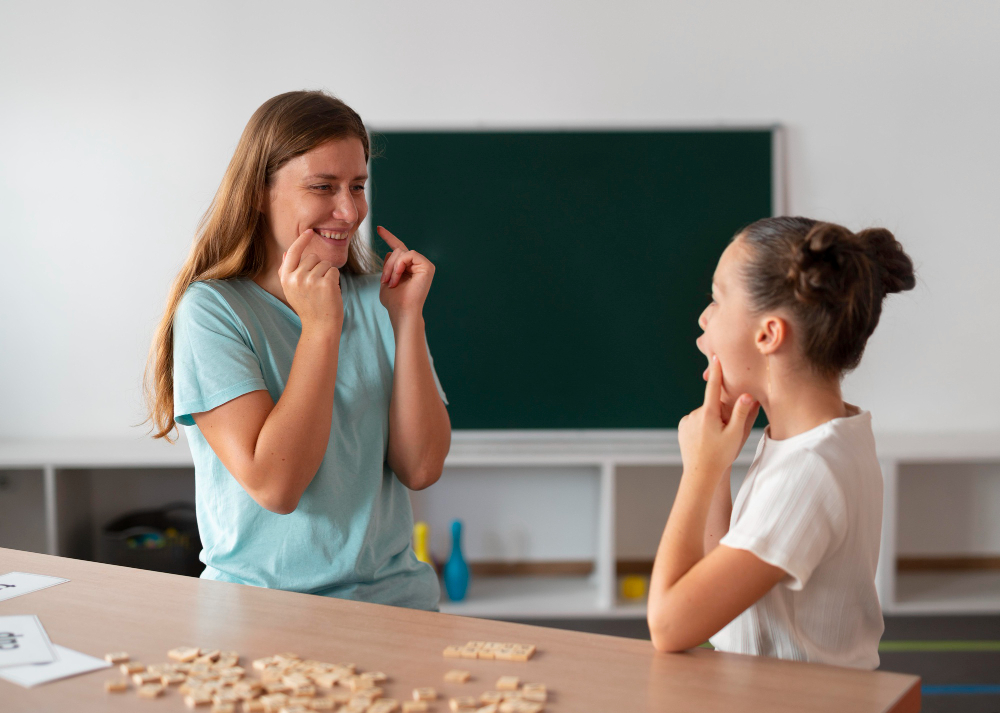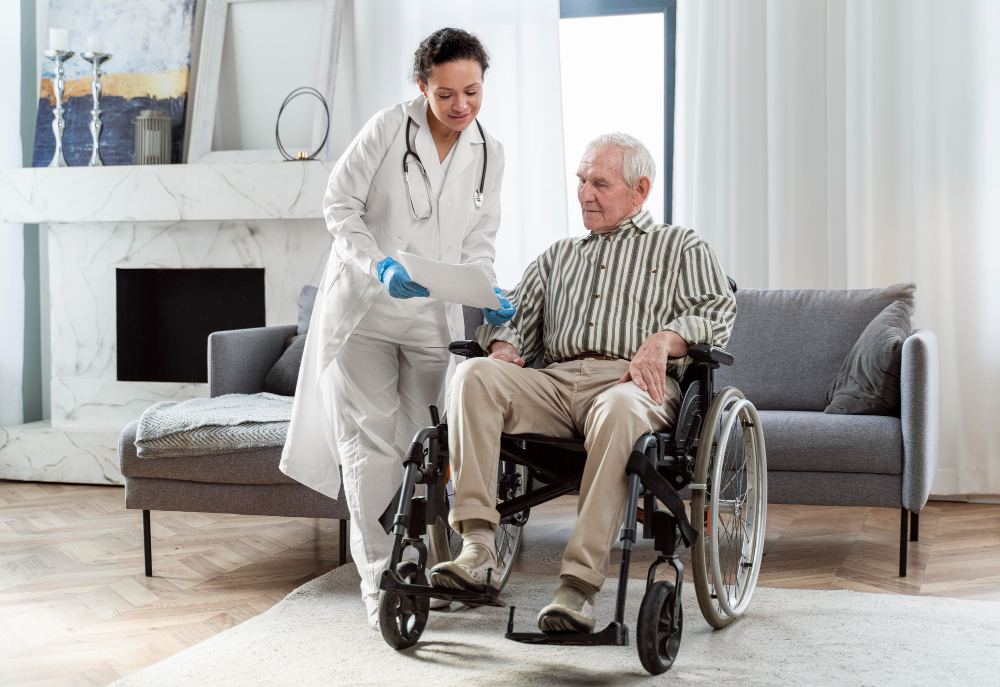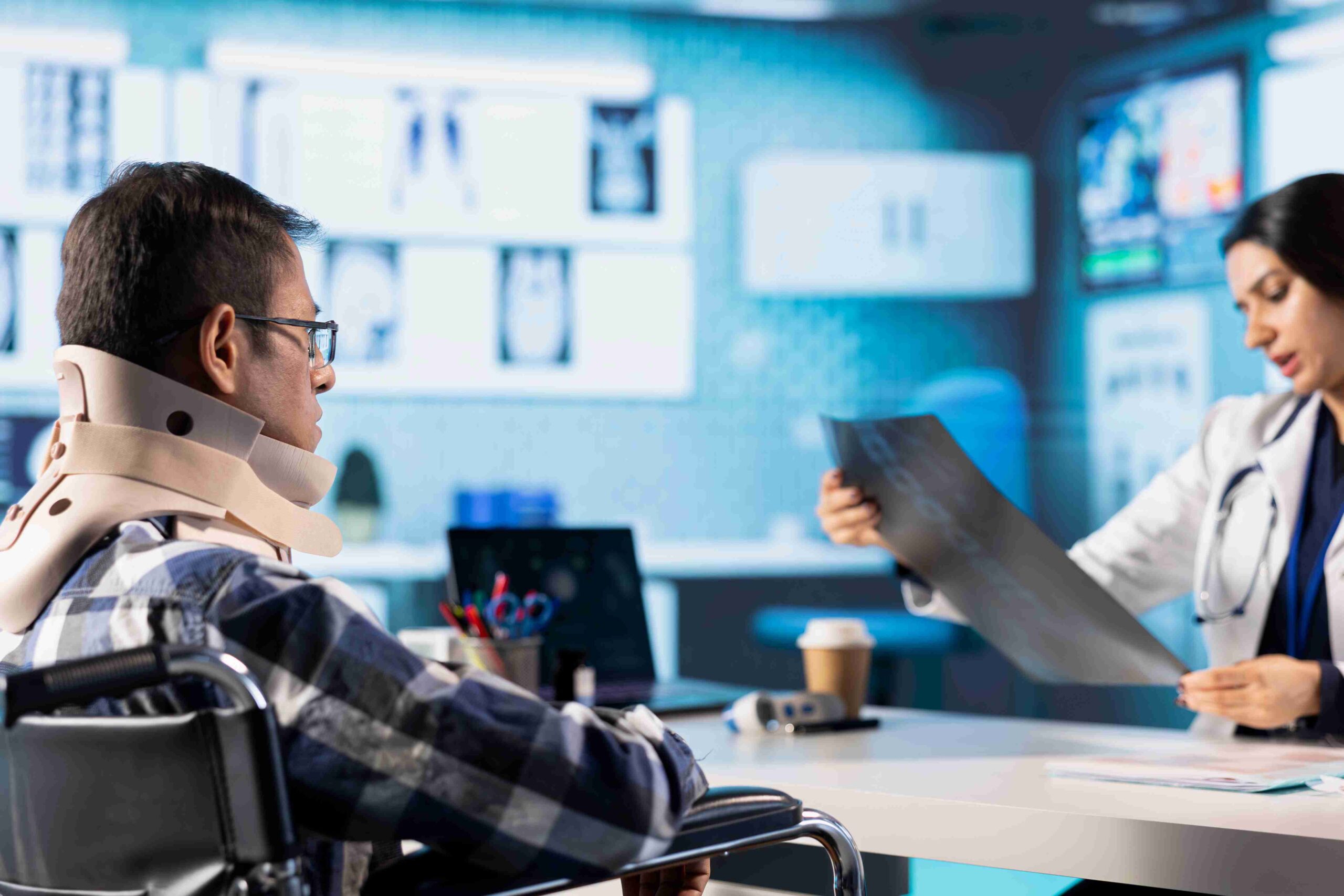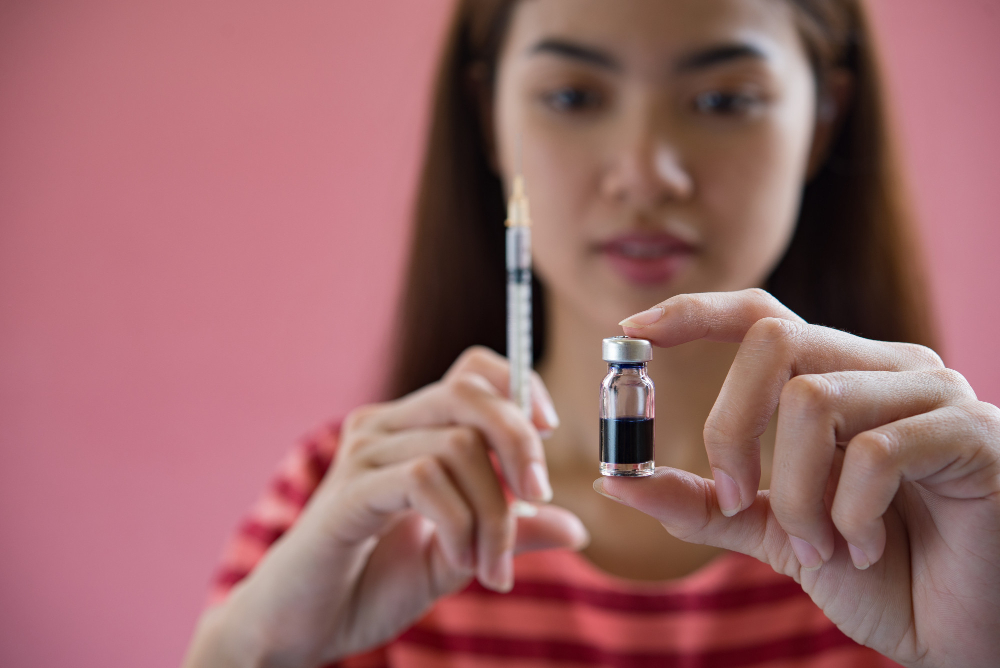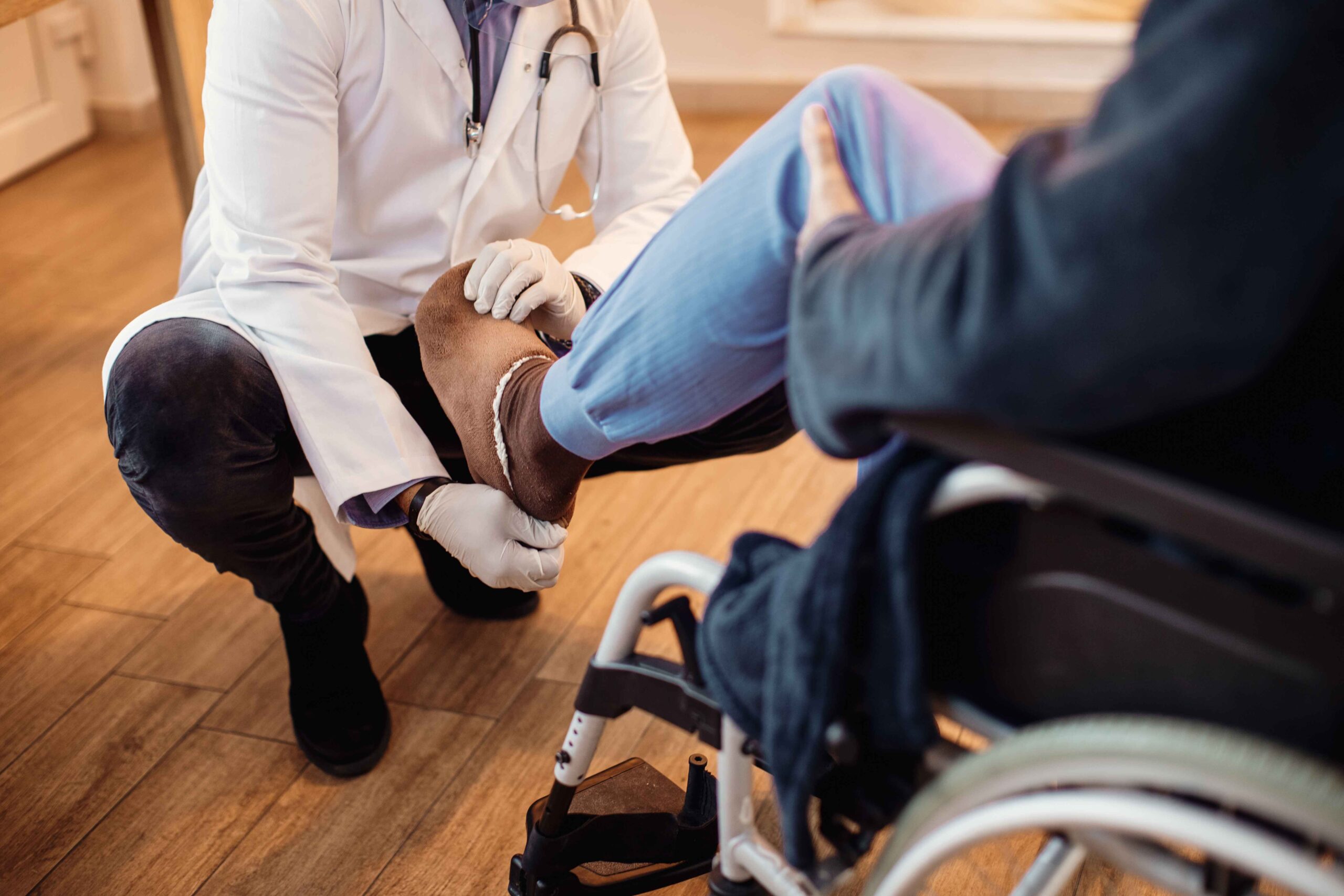
Last updated on by MRC
Paralysis is a condition where muscle movement becomes partially or completely impaired due to disruptions in the brain, spinal cord, or nerves. While it can appear suddenly or progress gradually, identifying the early signs and understanding the paralysis types is crucial for timely treatment. With proper rehabilitation and medical care, many patients achieve meaningful paralysis recovery and regain independence.
MRC, a leading pain management hospital in Kolkata, provides comprehensive treatment and rehabilitation support for individuals affected by paralysis of any kind.
Paralysis refers to a loss of muscle activity in one or more parts of the body. It can affect movement, sensation, or both. Early intervention plays a vital role in improving outcomes, making awareness of the early signs of paralysis extremely important.
Paralysis may be temporary or permanent depending on the types of paralysis, severity, and underlying cause. Early diagnosis and continuous rehabilitation are key to enhanced paralysis recovery.
Though symptoms may vary from person to person, certain warning signs commonly indicate the onset of paralysis. These may include:
If you observe any of these early signs of paralysis, seek immediate medical evaluation. Prompt care prevents complications and allows early paralysis treatment.
Paralysis can be classified based on which muscles are affected. The main types of paralysis include:
| Paralysis Type | Area Affected | Common Causes | Key Symptoms |
|---|---|---|---|
| Monoplegia | One limb (arm or leg) | Local nerve injury, cerebral palsy, mild stroke | Weakness in one limb, restricted movement, stiffness |
| Hemiplegia | One side of the body (right or left) | Stroke, traumatic brain injury, infections | Facial drooping, weakness in one arm & leg, balance issues |
| Paraplegia | Both legs and the lower body | Spinal cord injury, congenital defects, severe infections | Loss of leg movement, reduced sensation, bladder/bowel issues |
| Quadriplegia (Tetraplegia) | All four limbs, sometimes the torso | High spinal cord injury, neurodegenerative diseases | Inability to move arms & legs, breathing difficulty in severe cases |
| Facial Paralysis | Muscles of the face (one or both sides) | Bell’s palsy, stroke, trauma, infections | Drooping face, difficulty blinking, trouble smiling or chewing |
Common paralysis symptoms include:
These symptoms may appear suddenly or gradually depending on the underlying condition.
To determine the type, severity, and cause of paralysis, doctors may perform:
Accurate diagnosis guides the most effective paralysis treatment and rehabilitation approach.
While the treatment depends on the underlying cause, the primary goal is to improve mobility, function, and pain control. Common paralysis treatment options include:
Physiotherapy plays a vital role in restoring movement, strength, and flexibility. It helps improve muscle response and enhances overall mobility.
This helps patients regain independence in daily activities, such as dressing, eating, and using assistive devices. It is essential for long-term paralysis recovery.
Many individuals experience nerve pain or muscle stiffness. As a dedicated pain management hospital in Kolkata, MRC provides personalized pain-relief therapies and medication support.
Patients with facial paralysis or neurological conditions may require speech therapy to regain communication and swallowing abilities.
Depending on the cause, doctors may recommend medicines for:
In certain cases, surgery may be necessary to address tumors, spinal injuries, or nerve entrapment.
The journey of paralysis recovery varies widely for each individual. Factors like age, type of paralysis, severity, and consistency with therapy influence the pace of improvement. With early intervention, structured therapy, and continuous monitoring, many patients regain substantial functional ability.
MRC provides goal-oriented rehabilitation programs tailored to each patient’s unique needs.
MRC (Medical Rehabilitation Centre) is one of Kolkata’s leading institutes for paralysis management and rehabilitation. Here’s what sets MRC apart:
Whether you need immediate medical attention, long-term rehabilitation, or supportive therapies, MRC offers complete care under one roof.
Understanding the types of paralysis, early symptoms, and treatment options helps patients and families take informed decisions. With the right medical support and continuous rehabilitation, recovery becomes achievable. For expert diagnosis, treatment, and rehabilitation, MRC stands as a reliable and advanced paralysis hospital in Kolkata committed to improving patient outcomes.
